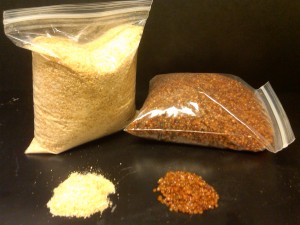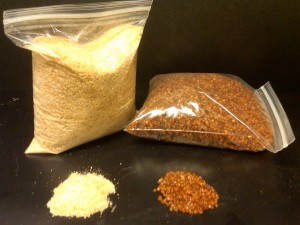Many potential and current customers have questions about our hide glue, so we decided to aggregate some FAQ’s and post them here.
What’s the difference between hide glue and animal glue?

Hide glue is sometimes referred to as technical gelatin, animal glue, protein adhesive, or cake glue. They are all the same product, just different names.
The term hide glue denotes the source of the protein i.e. protein extracted from the hides of pigs and cattle. The term animal glue can encompass protein from both hide and bone. Gelatin or animal protein refers to the adhesive portion of either cake glue or dehydrated glue. Cake glues are heated to 140ºF prior to use.
Does the gelatin used to manufacture hide glue always come from animals?
Through the 1970’s, yes. However, since all gelatin comes from either hides or bones, a large percentage of our protein adhesive utilizes pharmaceutical scrap. Pharmaceutical and nutritional companies find themselves with tons of scrap gelatin in hard cap and soft gel form after producing things like Tylenol and Vitamin E capsules. They sell us this leftover gelatin so we can recycle it to manufacture our hide glue.
This is just another part of the LD Davis Green Advantage.
Is LD Davis hide glue safe for my employees to handle and safe for the environment?
Absolutely!
Hide glue is totally non-toxic, water soluble, eco-friendly, biodegradable, and recyclable. Not only is it safe to handle in any form (although it is heated for use so caution must be taken to prevent burns); it can be a great asset to companies manufacturing products that they want to be completely recyclable.
For example, our hide glue could be used in packaging for a product that has sustainable label saying that the product and packaging are completely recyclable. If this same company chose a hot melt adhesive over hide glue, it would be much more difficult to recycle.
Once recycled back into the natural environment, hide glue will begin to break down and biodegrade over a matter of weeks.






